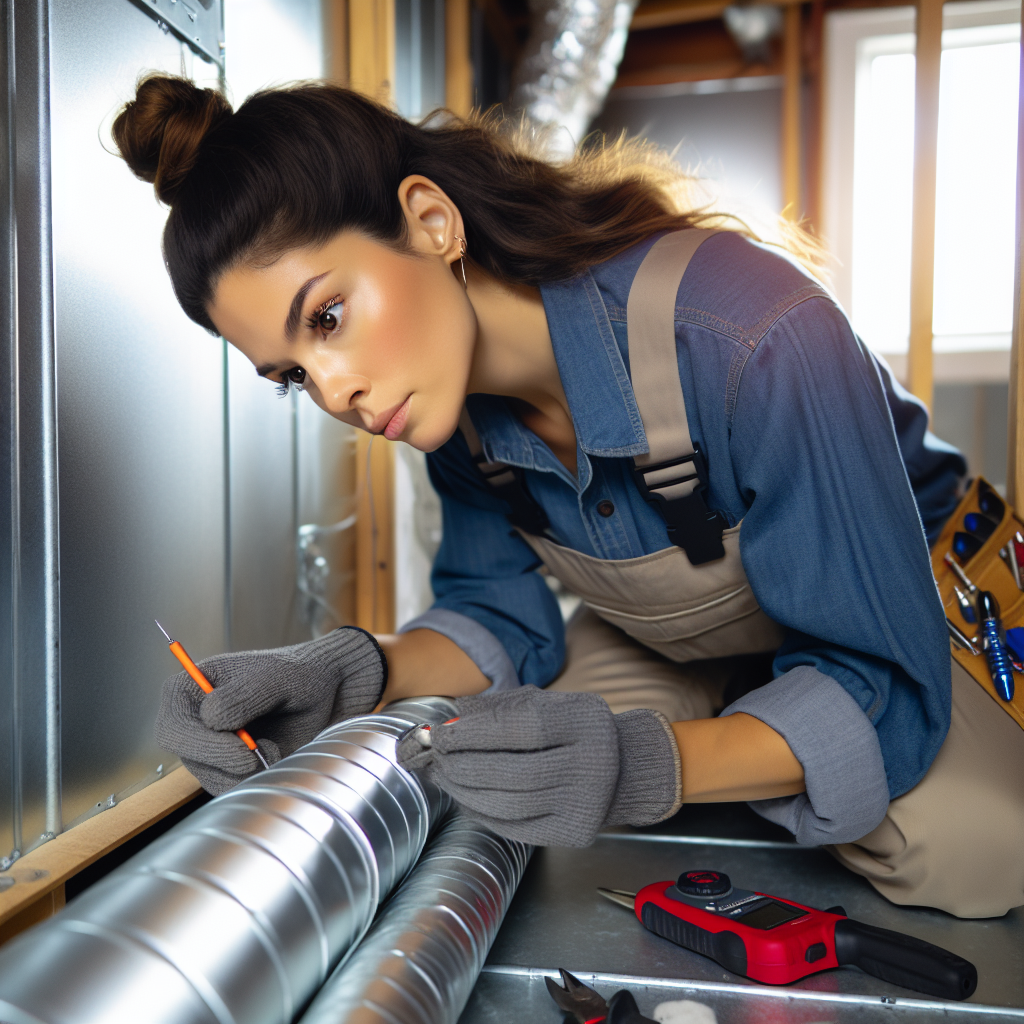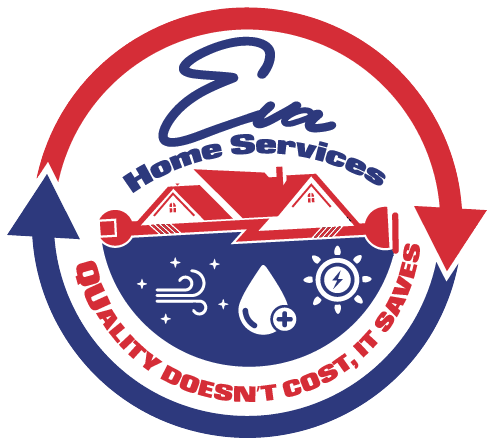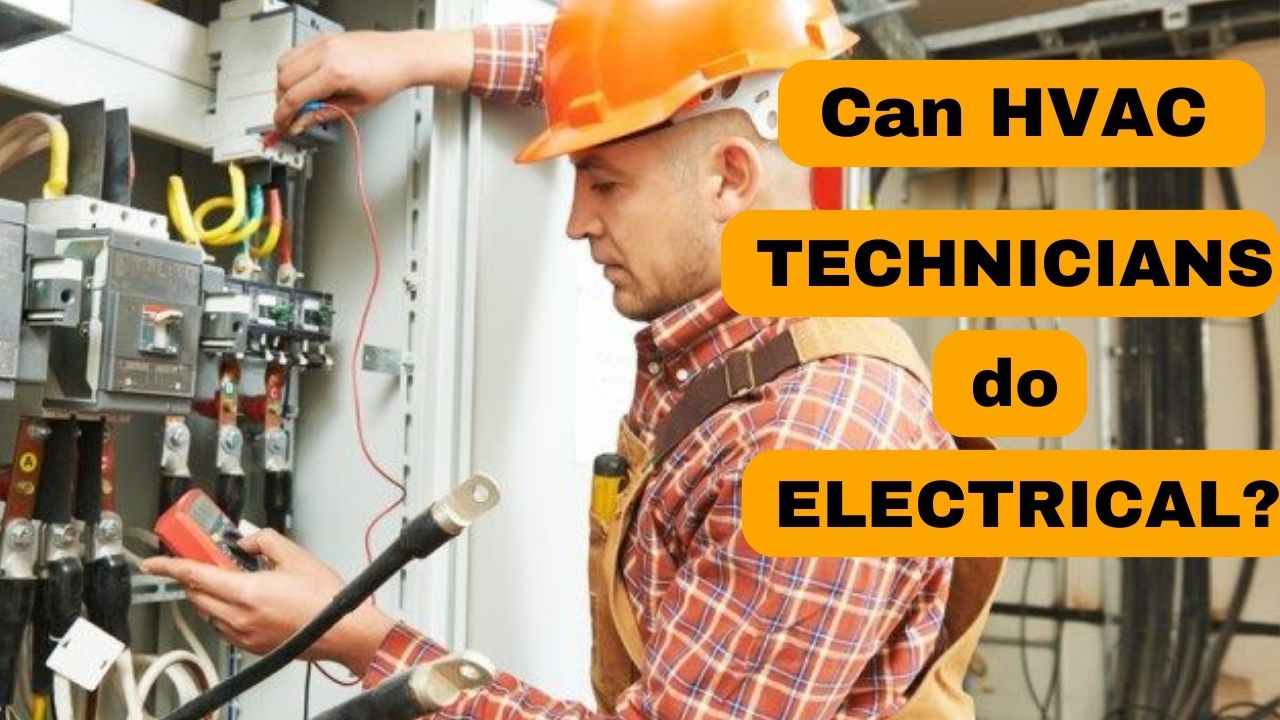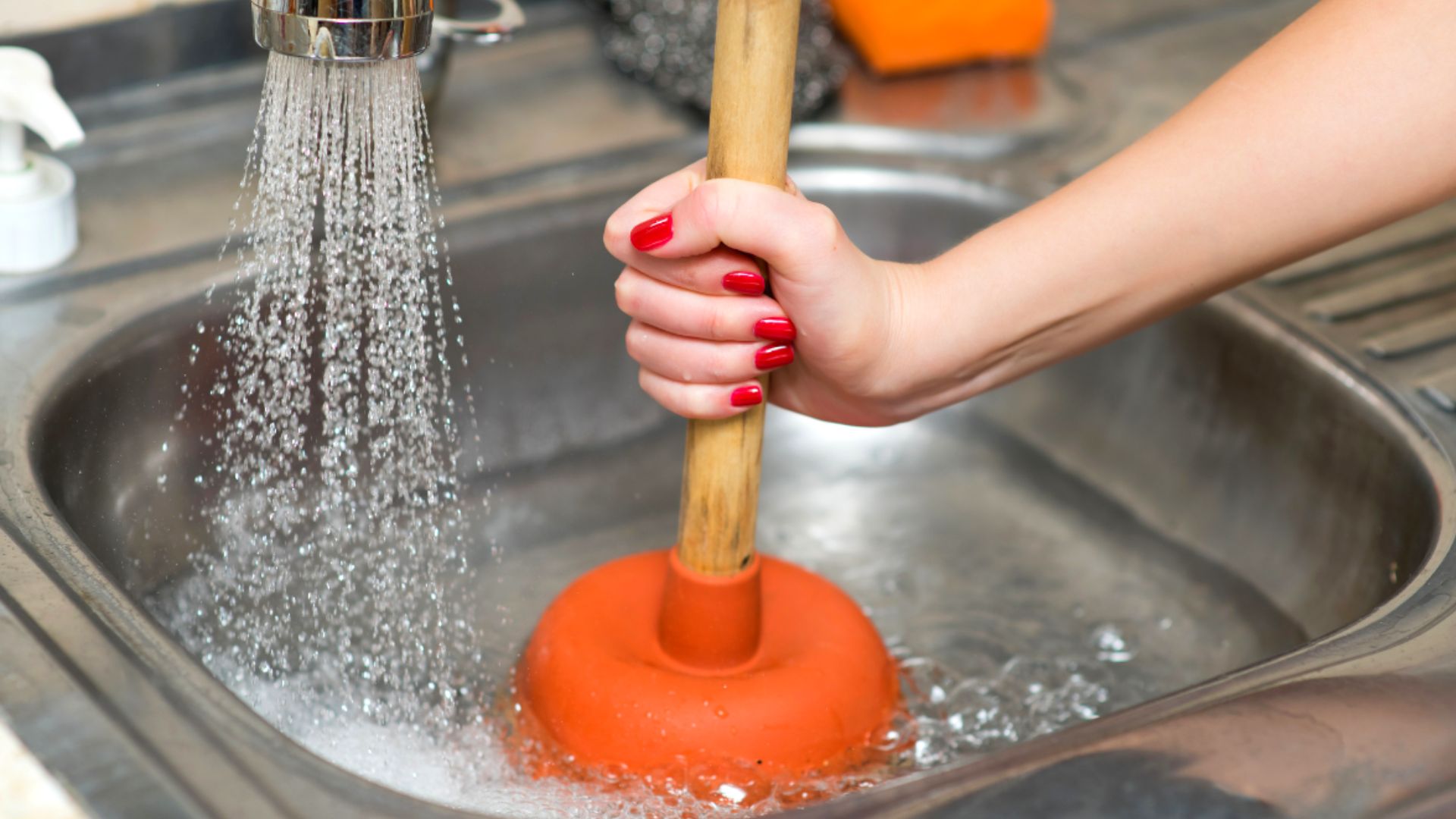7 Critical Furnace Maintenance Steps to Prevent Winter Breakdowns
Introduction
As winter approaches and the temperature starts to drop, many of us are looking forward to cozy nights by the fire and warm cups of cocoa. But wait! Before you settle into that snuggly blanket, let’s talk about something that’s just as important as your favorite fuzzy socks: furnace maintenance service.
Picture this: it’s a chilly December evening, and you’re all set for a Netflix binge when suddenly, your furnace decides it’s had enough. No heat, no warmth just cold air blowing through your vents. Yikes! To avoid this frosty disaster, regular heating system maintenance is key.
In this post, we’ll explore seven critical furnace maintenance steps to keep your heating system running smoothly all winter long. Think of it as a checklist for ensuring that your furnace doesn’t pull a disappearing act when you need it most.
Did you know? Regular furnace inspections can increase the lifespan of your unit by up to 50%! That means fewer emergency furnace repairs and more time enjoying those hot cocoa nights.
Whether you have a gas furnace, electric furnace, or even an oil furnace, these tips will help ensure that your home stays warm without breaking the bank on heating repair service. So grab a cup of cocoa (or coffee if that’s more your style), and let’s dive into the world of preventative furnace maintenance!

Understanding the Importance of Furnace Maintenance
Picture this: it’s a chilly winter evening, and you’re snuggled up on the couch with a hot cup of cocoa. Suddenly, your furnace decides to take an unscheduled vacation. Not ideal, right? This is why furnace maintenance service is essential for keeping your heating system running smoothly and efficiently.
Regular maintenance can save you from unexpected breakdowns, which can lead to costly furnace repair bills or even emergency furnace repair situations. Think of it as a health check-up for your heating system just like you wouldn’t skip your annual physical, don’t skip on heating system maintenance!
Key Benefits of Furnace Maintenance:
- Increased Efficiency: A well-maintained furnace operates more efficiently, helping lower those energy bills.
- Extended Lifespan: Regular tune-ups can significantly extend the life of your furnace.
- Improved Safety: Annual inspections can catch potential hazards like carbon monoxide leaks before they become serious issues.
- Better Indoor Air Quality: Routine filter replacements and ductwork inspections help keep your indoor air fresh and clean.
You might be wondering, “What exactly does a typical furnace inspection entail?” Well, here’s a sneak peek at what certified HVAC technicians usually check during their visits:
- Filter Replacement Services: Dirty filters restrict airflow and reduce efficiency.
- Ductwork Inspection: Ensuring there are no blockages or leaks that could hinder performance.
- Heat Exchanger Inspection Services: Checking for cracks or damage that could lead to safety hazards.
- Thermostat Calibration Services: Making sure your thermostat is accurately reading the temperature.
If you think about it, neglecting furnace maintenance is like ignoring warning signs on your car dashboard. You might get away with it for a while, but eventually, you’re going to face some serious consequences. So why not avoid that headache altogether?
This winter, make it a priority to invest in professional furnace service. Whether it’s gas furnace maintenance or electric furnace service you need, taking proactive steps now can save you big bucks later. Remember: preventative furnace maintenance isn’t just smart; it’s essential!
The U.S. Department of Energy states that regular maintenance can improve efficiency by up to 30%!
Your heating system deserves some TLC! So schedule that seasonal furnace check-up today and keep the winter blues at bay!
Step 1: Schedule an Annual Furnace Check-Up
Picture this: it’s a chilly winter evening, and you’re snuggled up on the couch, hot cocoa in hand, when suddenly your furnace decides to take a vacation. Not ideal, right? That’s why scheduling an annual furnace check-up is the first step in your furnace maintenance service journey.
Think of this check-up as a yearly physical for your heating system. Just like you wouldn’t skip that annual visit to the doctor, your furnace needs some TLC too. Regular inspections can catch small issues before they snowball into costly repairs or emergency furnace repair situations.
Did you know? According to the U.S. Department of Energy, regular maintenance can improve your heating system’s efficiency by up to 30%. That’s more money in your pocket and a cozier home!
What Happens During an Annual Furnace Check-Up?
A certified HVAC technician will perform a comprehensive heating maintenance assessment that includes:
- Furnace Inspection: Checking for any wear and tear or potential hazards.
- Ductwork Inspection: Ensuring there are no leaks that could reduce efficiency.
- Filter Replacement Services: Replacing dirty filters that can impede airflow.
- Thermostat Calibration Services: Making sure your thermostat is accurately reading temperatures.
- Carbon Monoxide Testing: A crucial safety measure to ensure there are no dangerous leaks.
- Heat Exchanger Inspection: Checking for cracks or damage that could pose serious risks.
The Benefits of Scheduling Early
If you wait until the first cold snap hits, you might find yourself scrambling to book an HVAC service amidst a flurry of other homeowners doing the same. By scheduling early, not only do you get better availability with local furnace technicians, but you also allow time for any necessary repairs without the stress of freezing temperatures creeping in!

A Common Misconception
A lot of folks believe that if their furnace seems to be working fine, it doesn’t need an inspection. This couldn’t be further from the truth! Many issues lurk beneath the surface think of it as finding out your favorite pair of jeans has a hidden tear when it’s too late!
Your Next Steps
If you want to keep your heating system running smoothly and efficiently all winter long, make that call today! Reach out to Eva Home Services for an affordable HVAC service that includes everything from boiler maintenance to electric furnace service. Your cozy winter evenings depend on it!
Step 2: Change or Replace Filters Regularly
Welcome to the world of furnace filters, where a little maintenance can lead to *big* benefits! Think of your furnace filter as the bouncer at a club its job is to keep out the riffraff (like dust, dirt, and allergens) so that only the good vibes (clean air) make it inside. Neglecting this step can lead to a crowded dance floor (or in this case, an overworked heating system), which can cause some serious issues down the line.
Regularly changing or replacing your filters is one of those furnace maintenance services that pays off in spades. A clean filter allows for better airflow, which helps your heating system run more efficiently. This not only keeps your home cozy but also saves you money on energy bills cha-ching!
How Often Should You Change Your Filters?
The frequency of changing filters can depend on several factors:
- If you have pets, consider changing them every month fur is no joke!
- For households without pets, every three months is a solid rule of thumb.
- If you have allergies or live in a dusty area, you might want to check them monthly.
- During peak heating seasons (think winter), inspect them more frequently.
Choosing the Right Filter
Not all filters are created equal! Here’s a quick rundown of common types:
| Filter Type | MERV Rating | Best For |
|---|---|---|
| Pleated Filter | 7-12 | General use and basic filtration needs. |
| HEPA Filter | 13-16 | Asthma and allergy sufferers; superior air quality. |
| Washable Filter | N/A | Reusable option; needs regular cleaning. |
A common misconception is that high MERV ratings are always better. While it’s true that they trap more particles, they can also restrict airflow if not matched correctly with your system. Always consult with a certified HVAC technician if you’re unsure about which filter suits your heating system best!
The Bottom Line
Your furnace is an essential part of your home heating maintenance routine. By regularly changing or replacing filters, you’re not just prolonging its lifespan but also ensuring that it runs efficiently and effectively when you need it most. So grab those filters and get ready to give your HVAC service a little TLC!
Step 3: Inspect and Clean the Ductwork
Ah, ductwork the unsung hero of your heating system. It’s like the circulatory system of your home, transporting warm air from your furnace to every cozy corner. But just like you wouldn’t want a clogged artery, you definitely don’t want dirty ducts!
Regular inspection and cleaning of your ductwork is a critical part of furnace maintenance service. Not only does it enhance indoor air quality, but it also ensures that your heating system operates efficiently. A clean duct system can help reduce energy costs and extend the lifespan of your furnace.
Why Duct Cleaning Matters
Over time, dust, allergens, and even mold can accumulate in your ductwork. When you turn on your furnace, all those lovely particles get blown into your living space yikes! Here’s why you should prioritize this step:
- Improved Air Quality: Cleaner ducts mean cleaner air. This is especially important if you have allergies or respiratory issues.
- Enhanced Efficiency: When ducts are obstructed by dirt and debris, your furnace has to work harder. This leads to higher energy bills and more frequent breakdowns.
- Longer Lifespan: A well-maintained heating system lasts longer. Regular duct cleaning can help prevent the need for costly furnace repairs down the line.
The Duct Inspection Process
A thorough duct inspection should be part of any comprehensive heating maintenance plan. Here’s what a local furnace technician will typically do:
- Visual Inspection: Checking for visible signs of dust buildup or damage.
- Duct Testing: Using specialized equipment to measure airflow and identify blockages.
- Mold Assessment: Inspecting for any signs of mold growth that could affect indoor air quality.
- Cleansing Action: If needed, using professional-grade vacuums and brushes to remove debris from inside the ducts.

Mistakes to Avoid
If you think duct cleaning is something you can skip or do yourself with a vacuum cleaner, think again! Here are some common misconceptions:
- “My ducts are fine; I never see dust!”: Just because you can’t see it doesn’t mean it’s not there!
- “I only need to clean them when I notice an issue.”: Preventative maintenance is always better than reactive repairs!
- “It’s too expensive!”: Think about it as an investment saving on energy bills while improving comfort is worth every penny!
The bottom line? Regularly inspecting and cleaning your ductwork is an essential component of effective home heating maintenance. By prioritizing this step as part of your annual furnace check-up, you’re not just maintaining comfort; you’re also ensuring that when winter rolls around, you’re ready for anything Mother Nature throws at you!
If you’re ready to schedule a comprehensive duct inspection or need more information on our affordable HVAC services, reach out today! Your home deserves nothing less than reliable heating repair and maintenance solutions.
Step 4: Test the Thermostat Calibration
Ah, the thermostat the unsung hero of your heating system. It’s like the conductor of an orchestra, ensuring that all parts of your furnace are playing in harmony. If your thermostat is out of whack, it can lead to a symphony of discomfort in your home. So, let’s dive into how to test its calibration and keep your heating system maintenance on point!
Why Calibration Matters
A well-calibrated thermostat is crucial for energy-efficient heating solutions. An inaccurate reading can cause your furnace to work overtime, leading to higher energy bills and unnecessary wear and tear on your unit. Think of it this way: if your thermostat thinks it’s a chilly 60°F when it’s actually a cozy 72°F, you’re basically paying for a winter wonderland that doesn’t exist!
How to Test Your Thermostat Calibration
- Gather Your Tools: You’ll need a reliable thermometer (a digital one works best), a screwdriver (if you need to access the thermostat), and maybe some hot cocoa for motivation.
- Check the Current Temperature: Place the thermometer next to the thermostat and note the temperature reading.
- Adjust the Thermostat: Set your thermostat to match the temperature reading on your thermometer. Wait about 15 minutes and see if the furnace kicks in.
- Compare Readings: After another 15 minutes, compare the thermometer reading with what your thermostat displays. If they’re not aligned within a degree or two, it’s time for some recalibration!
- Recalibrate or Replace: If you find discrepancies, consult your owner’s manual for recalibration instructions or consider calling a local furnace technician for professional assistance.
Pro Tip: Regularly testing your thermostat calibration during seasonal check-ups can save you from costly heating repairs down the line.
A Common Misconception
A lot of folks think that if their furnace is running fine, there’s no need to worry about their thermostat. Wrong! Just like you wouldn’t ignore an out-of-tune piano at a concert, don’t overlook this crucial component of your heating system. A simple calibration check can prevent emergency furnace repair situations later on!
The Takeaway
Your thermostat is more than just a fancy gadget on the wall; it’s vital for effective home heating maintenance. By regularly testing its calibration as part of your furnace maintenance service routine, you ensure efficient operation and comfort throughout winter’s chill. So grab that thermometer and give it a go you’ll be glad you did!
Step 5: Check for Carbon Monoxide Leaks
Now, let’s talk about something that’s not just a *hot* topic but a *deadly* one carbon monoxide (CO) leaks. This silent killer can sneak up on you, and the last thing you want is your cozy winter haven turning into a scene from a horror movie. So, let’s get proactive with your furnace maintenance service!
Did you know? Carbon monoxide is odorless and colorless, making it nearly impossible to detect without proper equipment. That’s why checking for leaks is crucial!
Why Check for CO Leaks?
Your furnace, whether it’s gas, electric, or oil-based, can produce carbon monoxide if it’s not functioning properly. A small crack in the heat exchanger or faulty venting can lead to CO buildup in your home. Regular checks are essential not only for your furnace repair needs but also for your family’s health.
How to Check for Carbon Monoxide Leaks
- Install CO Detectors: Place them near sleeping areas and on every floor of your home. Think of them as the smoke alarms’ cooler cousin.
- Schedule a Professional Inspection: A certified HVAC technician can perform carbon monoxide testing for furnaces during your annual furnace check-up.
- Look for Signs: Keep an eye out for symptoms like headaches, dizziness, or nausea these could indicate CO exposure.
- Inspect Your Venting: Ensure that all exhaust pipes are clear of debris and securely connected. If they look like they’ve been through a storm, it might be time to call in the pros!
The Importance of Regular Maintenance
A comprehensive heating maintenance plan often includes carbon monoxide testing as part of its services. Think of it as giving your heating system a health check-up because even machines can have bad days!
“Regular maintenance not only keeps your furnace running efficiently but also protects against potentially hazardous situations like carbon monoxide leaks.”
Common Misconceptions
- “I’ll know if there’s a leak!”: Spoiler alert you probably won’t! CO is undetectable without the right tools.
- “My furnace is new; I don’t need to worry about this.”: Newer models can still develop issues; prevention is key!
- “I can just open a window if I smell something funny.”: Opening windows isn’t enough; you need professional help immediately!

The bottom line? Checking for carbon monoxide leaks should be an integral part of your heating system maintenance routine. Not only does it ensure the safety and comfort of your home, but it also extends the life of your furnace saving you from costly emergency repairs down the line.
If you haven’t already scheduled your seasonal furnace check-up yet, now’s the time! Don’t wait until it’s too late reach out to a local furnace technician today to ensure peace of mind this winter.
Step 6: Inspect the Heat Exchanger for Damage
Alright, folks! It’s time to dive into the heart of your furnace the heat exchanger. Think of it as the furnace’s superhero cape, allowing it to transfer heat to your home while keeping harmful gases at bay. If this cape gets damaged, your heating system maintenance could take a serious hit.
The heat exchanger is crucial for safe and efficient operation. A cracked or corroded heat exchanger can lead not just to inefficient heating but also to dangerous carbon monoxide leaks. Yikes! That’s a plot twist no one wants in their winter story.
What to Look For
During your furnace inspection, keep an eye out for:
- Cracks: Look for visible cracks or holes.
- Rust: Any signs of rust or corrosion? That’s a red flag!
- Discoloration: Dark spots or discoloration can indicate overheating.
- Noise: Unusual rattling or banging sounds could signal trouble.
The Inspection Process
If you’re feeling adventurous and want to inspect the heat exchanger yourself, here’s how you can do it safely:
- Turn off the power and gas supply to your furnace safety first!
- Remove the access panel carefully; you might need a screwdriver if it’s not a snap-on model.
- Inspect the heat exchanger visually. Use a flashlight if necessary no one wants to miss a sneaky crack!
- If you spot any damage, it’s time to call in the pros. This is where professional furnace service comes into play!
When to Call in a Local Furnace Technician
If you notice any signs of damage during your inspection, don’t hesitate! Reach out for reliable heating repair from a certified HVAC technician. They have the tools and expertise needed for comprehensive heating maintenance that ensures safety and efficiency.
A professional will not only repair any issues but also provide additional services like filter replacement or ductwork inspection making it an all-in-one solution for your heating system repair needs!
A Common Misconception
Many homeowners think they can skip this step because they don’t notice any immediate problems. However, preventative furnace maintenance is key! Just because everything seems fine doesn’t mean there aren’t hidden issues lurking beneath the surface.
Your heating system is an investment in comfort don’t let minor issues snowball into major disasters when winter rolls around!
Takeaway: Regularly inspecting your heat exchanger is vital for maintaining efficiency and safety in your home heating system. Don’t wait until it’s too late; schedule that furnace maintenance service today!
Step 7: Schedule a Professional Furnace Tune-Up
Congratulations! You’ve made it to the final step in our furnace maintenance journey. But before you kick back with a hot cocoa, let’s talk about the all-important professional furnace tune-up. Think of this as the spa day your furnace deserves a little pampering goes a long way!
Why is a tune-up so critical, you ask? Well, just like your car needs regular oil changes to run smoothly, your heating system requires its own brand of TLC. A professional furnace maintenance service can help identify potential issues before they spiral into costly repairs. Plus, who doesn’t want their heating system to operate at peak efficiency?
The Benefits of a Professional Furnace Tune-Up
- Improved Efficiency: A well-tuned furnace uses less energy, saving you money on those winter bills.
- Extended Lifespan: Regular check-ups can add years to your heating system’s life.
- Enhanced Safety: Technicians will check for dangerous carbon monoxide leaks and ensure everything is operating safely.
- Better Air Quality: A clean system means cleaner air in your home goodbye dust bunnies!
A typical tune-up includes tasks like:
- Inspection of key components: This includes checking the heat exchanger and ensuring there are no cracks or signs of wear.
- Cleansing the burners: Dirty burners can lead to inefficient combustion and increased carbon monoxide production.
- Thermostat calibration: Ensuring that your thermostat communicates accurately with your furnace is crucial for maintaining comfort.
- Ductwork inspection: Leaky ducts can waste up to 30% of heated air!
The best part? Scheduling this annual furnace check-up doesn’t have to break the bank. Many local HVAC service providers offer affordable packages that include everything from filter replacement services for furnaces to comprehensive heating maintenance.
If you’re wondering when’s the best time for this tune-up, aim for early fall! This ensures that you’re cozy and warm before those frigid winter winds blow in. Plus, you’ll avoid those last-minute emergency furnace repairs when everyone else has called their local technician!
Your heating system is like an unsung hero during winter months it deserves some love! So go ahead and dial up that reliable local furnace technician today. Your future self (and your family) will thank you when winter rolls around!
Conclusion
In the grand symphony of home maintenance, furnace maintenance service plays a crucial role, especially as winter approaches. Just like you wouldn’t skip your annual check-up at the doctor’s office, your heating system deserves the same level of attention. Regular upkeep not only ensures your furnace runs smoothly but also extends its lifespan and boosts energy efficiency.
Imagine waking up on a frosty morning to find your furnace has decided to take an unexpected vacation. Not ideal, right? By following the seven critical steps outlined in this blog like scheduling that all-important annual check-up and keeping those filters fresh you can prevent such chilly surprises.
Now, let’s talk about some common misconceptions:
- “If it ain’t broke, don’t fix it.” – This old adage doesn’t apply here! Regular inspections catch minor issues before they snowball into costly furnace repairs.
- “DIY maintenance is enough.” – While changing filters is easy-peasy, many aspects of heating system maintenance require a certified HVAC technician’s expertise to ensure safety and efficiency.
- “I can skip my seasonal check-up.” – Skipping this step is like ignoring that funny noise your car makes; it could lead to bigger problems down the road!
If you’re looking for reliable heating repair or comprehensive heating maintenance services, consider reaching out to a local furnace technician who can provide tailored solutions for your specific needs. Whether it’s gas furnace maintenance or electric furnace service, professional help can save you time and money in the long run.
As we wrap up this guide on maintaining your furnace, remember: staying proactive with your heating system is key to enjoying warm winters without unexpected breakdowns. So grab that phone, schedule your next HVAC tune-up with Eva Home Services LLC, and rest easy knowing you’re prepared for whatever winter throws at you!






